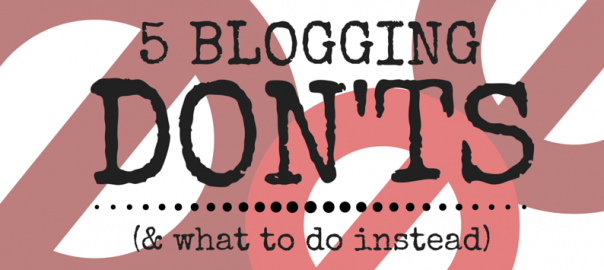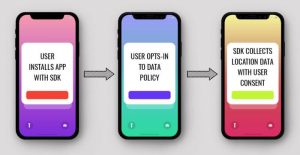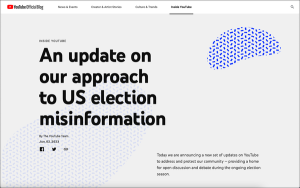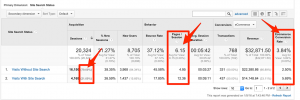
Blogging for your brand can be daunting — regardless of whether it’s your first or thousandth blog post. We all want to do our best at representing our brands and inspiring our audience to take action.
Confession time: Whenever I sit down to start a new post, my mind is momentarily paralyzed. Every time.
When this happens, I fill up my oversized Avengers mug with tea and remind myself of the following five rules for blogging. And, sure enough, my fingers loosen up and I start typing.
1. Don’t be too promotional. Your audience reads blogs, listens to podcasts and watches videos to be educated or entertained (and in an ideal world, both). They are not on your blog actively seeking out an advertisement for your brand’s latest product. So, if you take away nothing else from this blog post, remember the #1 rule of brand blogging: Don’t be overtly promotional.
Do be helpful and in touch with your audience’s needs. Everyone wants to learn how to do their jobs better and easier. Deliver that to them. Research the challenges your target audience is facing and provide them with how-tos, tips, and tools that address these issues.
Educating your audience should be your blog post’s primary focus. Once you achieve that, then (and only then) can you consider including a call to action or product mention tied to your brand.
2. Don’t make your readers work too hard. Think about how much of your day is dedicated to browsing news sites and reading. I’m guessing it’s not a lot. We’re all busy and if we have any time at all to read an article, it’s only a few moments. Many of us are also reading posts on a mobile device.
What we don’t have time for are large, inscrutable blocks of text and unwieldy Q&As that meander from topic to topic.
Do frame your blog post so that it’s easy for readers to get to the point. That means using section headings, bullets, and other formatting elements . Or taking an interview transcript, highlighting the best insights and structuring the final post so that your reader doesn’t have to dig through the rest.
Although it means more work for you as the writer, you don’t want to give your readers an excuse to go elsewhere.
3. Don’t be boring. Blogging — just like any other type of storytelling — is a difficult balancing act. As mentioned in the previous tip, you need to be precise and get to the point quickly and clearly. However, you also need to hook your readers’ interest, and being boring is not the way to do that. You’re not writing a memorandum that’s going to put your reader to sleep.
Do tell a story. Even if your blog topic has been written about before (haven’t they all?), dig into your storyteller toolbox and use imagery, analogies, and distinctive voices or points of view to make it worth retelling.
4. Don’t become dependent on others’ expertise. I understand that it can be challenging to come up with a steady stream of content ideas, and reading blogs, books and other content is one way to inspire ideas.
However, if you want to set yourself apart as a thought leader, you can’t rely on others’ expertise.
Do identify your brands’ subject matter experts and showcase their knowledge. There will be times when it’s appropriate to show your love for other brands, but you need to focus on positioning your brand as an influencer.
Read our post on the 4 characteristics of great thought leadership content to learn how to confidently drive conversations in your industry.
5. Don’t forget visuals. I can’t stress this enough: If you are going to publish a blog post, it must include multimedia. Artwork has always been a critical component in storytelling; however, even if you disagree with the old adage “a picture is worth a 1,000 words,” you can’t deny that a blog post with an image or video in it is much easier to share on social media. However, you can’t just slap a random image in a post and call it a day.
Do put thought into the visuals you use. Start plotting out the type of multimedia you want to use as soon as you begin working on your blog post. Once you have a general idea of the type and how many visuals will be most effective, you can set aside enough time to create or find what you need.
Finally, once you have your blog post written, don’t forget about promoting it. Even the most interesting story can get lost in the sea of content that’s online.
I know you have stories worth reading. Download our white paper The Distribution Effect: Bring Your Content Marketing to the Next Level and learn how to pair your blog posts with the marketing strategy they deserve.
(215)






